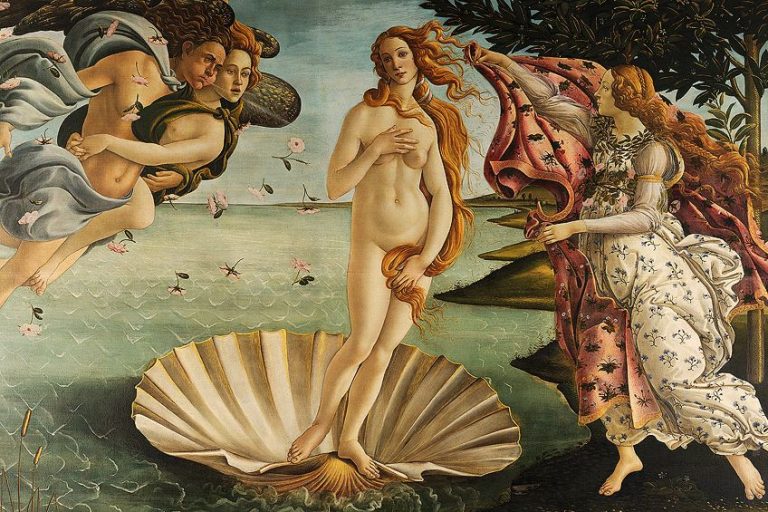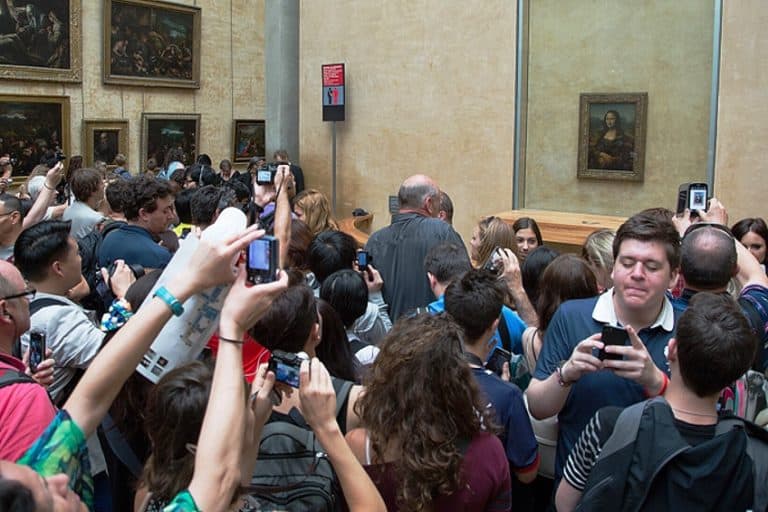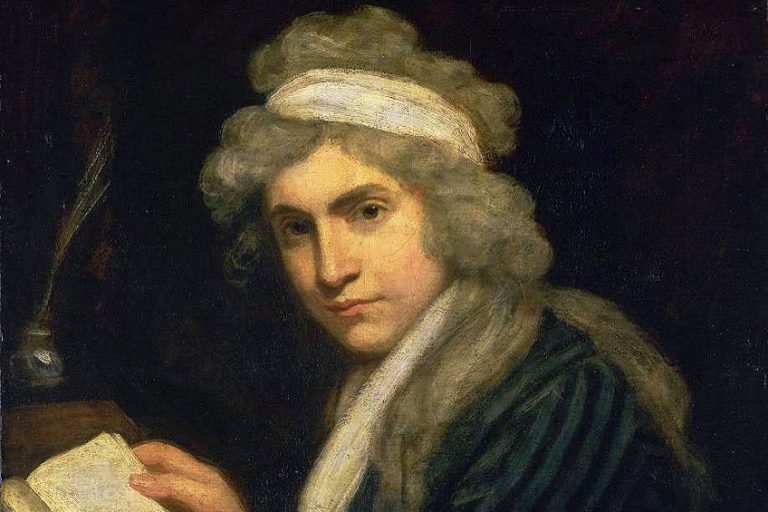Meta-Art – The Future of Art and Technology Together
Meta-Art, the art within art, unveils a captivating realm where creativity transcends its traditional boundaries to explore the very essence of artistic expression itself. In this intricate tapestry of self-reflection, artists delve into the depths of their craft, dismantling conventions and challenging perceptions with each stroke of their metaphorical brush. Meta-Art invites us on a mesmerizing journey where the canvas becomes a mirror, reflecting not just the artist’s vision, but the intricate interplay between creation and interpretation. Join us as we embark on a journey through the enigmatic landscapes of meta-art, where the lines between reality and imagination blur, and the very act of creation becomes a profound statement in its own right.
Key Takeaways
- Meta-Art is an evolving field at the juncture of art, technology, and philosophy.
- It challenges traditional art concepts and stimulates new forms of interactive experiences.
- The evolution of digital technology plays a central role in shaping the future of artistic expression.
The Phenomenon of Meta-Art
Meta-Art represents a modern phenomenon at the intersection of art and technology, often materialized within the digital realms like the metaverse. It’s a field where philosophy meets visual art, prompting a myriad of new forms and experiences that are redefining the artistic landscape. Drawing on various disciplines, Meta-Art engages audiences in a multifaceted conversation about the nature of art itself, re-examining the implications of creation and interpretation in a tech-savvy world.

As digital technology continues to evolve, so does the concept of Meta-Art, influencing how artists create and present their work and how audiences interact with it. At its core, Meta-Art challenges traditional perceptions and encourages a deeper exploration of what constitutes artistic expression. Exploring Meta-Art is akin to peering through a lens that magnifies the artistic process, questioning how we define art in a continually shifting digital age.
Essential Components of Meta-Art
Meta-Art distinguishes itself through self-reference, embodying a profound commentary on its own creation, purpose, and structure. This hallmark trait intertwines seamlessly with philosophical inquiry, as Meta-Art frequently delves into the complex dynamics between art and society, probing the very essence of its role and impact. Moreover, artists engaged in Meta-Art demonstrate a heightened awareness of their chosen mediums, skillfully integrating materials and methods into the fabric of their messages.
Through this medium consciousness, Meta-Art transcends mere representation, inviting viewers to contemplate not only the artwork itself but also the intricate interplay between form, function, and meaning.
The End of Art?
The question “Is this the end of art?” often arises in the context of Meta-Art. While this notion is provocative, it commonly implies a transition rather than a termination. Meta-Art challenges the notion that art can complete its historical development and suggests instead an ongoing, iterative dialogue with its own forms and concepts. The journey from traditional art to Meta-Art marks a distinct shift in focus from mere visual representation to deeper levels of engagement and critique. Traditional art is often anchored in physicality and aesthetics, whereas Meta-Art leverages art as a conceptual tool to comment on, analyze, or even subvert the art world itself.
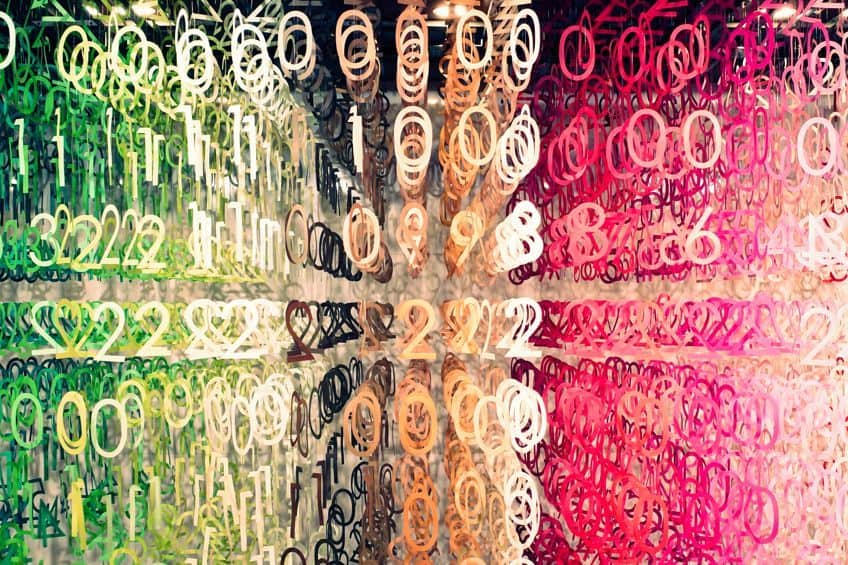
Foundations of Meta-Art
Meta-Art is an art form that takes the very idea of art as its subject. It explores and comments on the nature of art itself—its purposes, methodologies, and impacts on perception.
Through various expressive mediums, artists practicing Meta-Art reflect on and even critique the elements and processes involved in artistic creation.
Elements and Expression
Meta-Art incorporates traditional forms like painting and photography but diverges in intent. Instead of merely capturing scenes or expressing straightforward themes, these forms become vehicles for a deeper examination of creative expression itself. The images produced are often self-referential or laden with commentary about the art world.
- Art: Art within Meta-Art is both the subject and the object, providing a dual perspective that challenges viewers’ perception.
- Meta: This ‘beyond’ component of meta art pushes the boundaries of what is conventionally accepted within the art community.
- Expression: Engaging with Meta-Art often involves deciphering layered meanings and recognizing the artist’s commentary on creative expression.
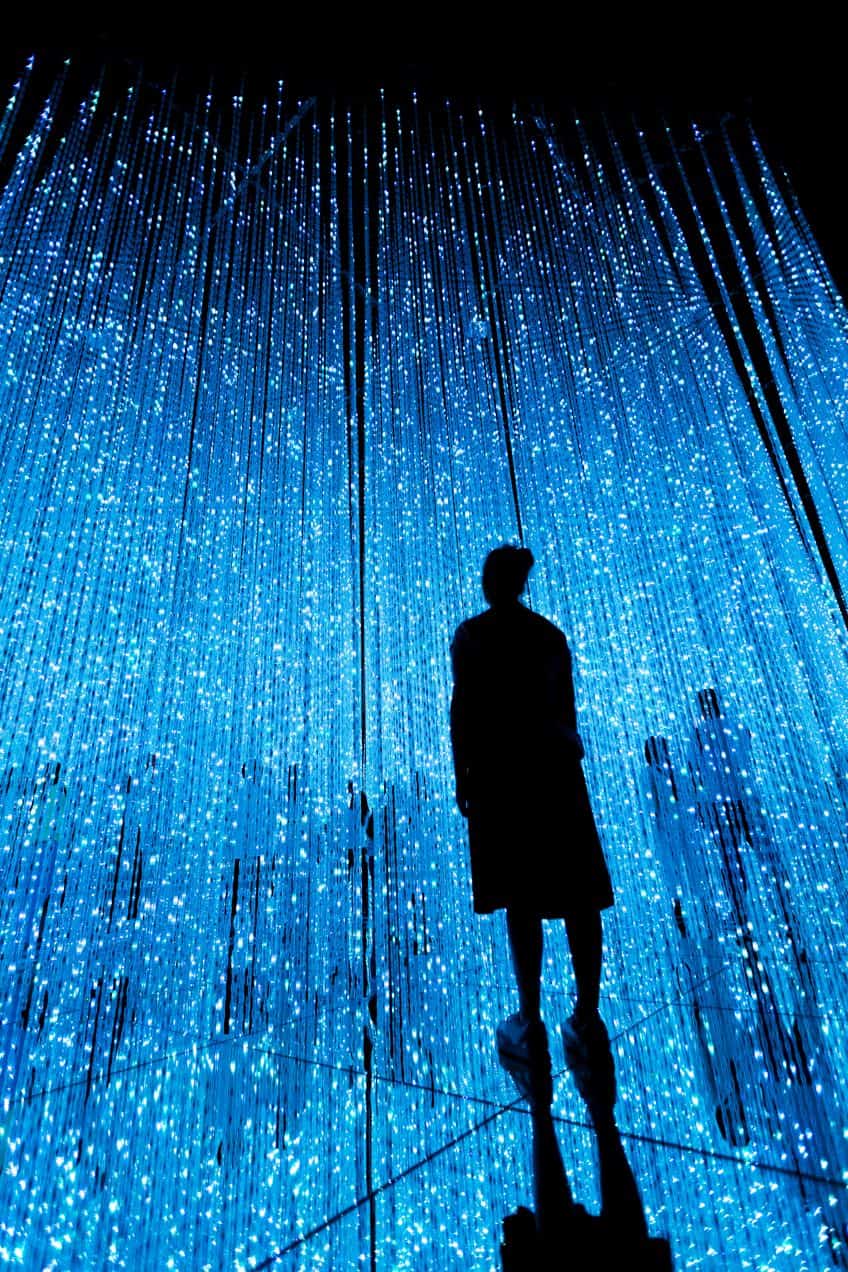
Forms and Perception
Artists may use familiar forms to make their meta-expressions more accessible, thus inviting audiences to contemplate art’s role and influence.
- Creative expression: Artists integrate familiar elements with surprising twists, prompting a re-evaluation of how art communicates.
- Painting and photography: These traditional mediums are transformed to question and sometimes satirize their own significance in the art hierarchy.
Meta-Art serves as a platform for artists to dissect and reflect upon the complex ecosystem of art, provoking thought about its foundational constructs and the varied perceptions stemming from its engagement.
Through this art form, both artists and audiences are encouraged to view art not just as a product, but also as a provocative statement about itself.
Meta-Art in the Digital Epoch
With the advent of digital technology, Meta-Art has expanded into new realms including social media platforms, AI-driven art creation, and the emergent metaverse environments. These advancements have redefined how Meta-Art is created, shared, and interpreted.
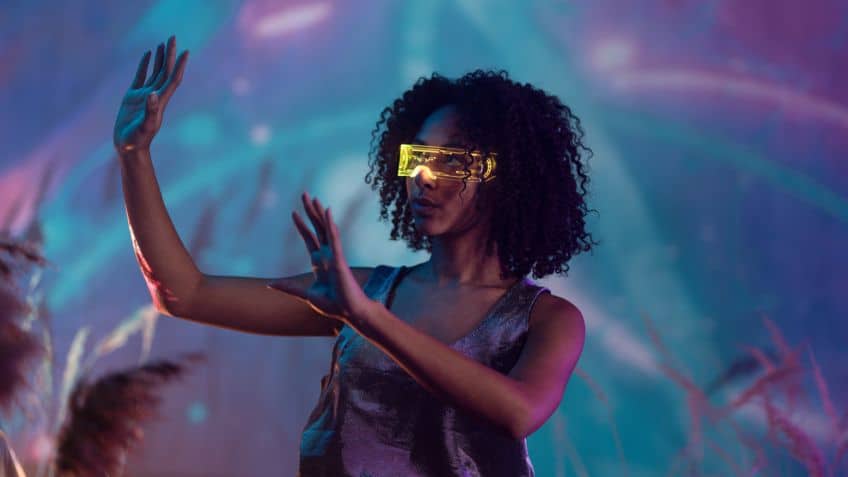
Integration With Social Media Platforms
Major social media networks like Facebook and Instagram have become integral in how meta art is disseminated and engaged with. These platforms serve as conduits for artists to showcase their digital creations, reaching a global audience instantly.
Notably, Facebook’s evolution towards a metaverse-focused company underlines the synergy between social media and futuristic virtual worlds where Meta-Art may take on new, immersive forms.
The Role of AI in Text-to-Image Generation
The development of AI has been pivotal in the creation of Meta-Art. Artificial intelligence programs, such as Stable Diffusion, Diffusion Model, and Google’s Imagen, can transform text prompts into intricate compositions. These technologies allow AI artists to explore the depth and structure of Meta-Art, pushing the boundaries of creativity by turning text descriptions into visual expressions.

Virtual Worlds as New Artistic Canvases
Virtual worlds created by platforms like Unity have opened new avenues for Meta-Art, providing digital landscapes that serve as canvases for artistic expression. Within these environments, avatars can interact with Meta-Art in a three-dimensional context, offering a depth of experience unattainable in the physical world.
The metaverse, an expansive network of these worlds, is rapidly becoming the next frontier where meta art can be experienced in its full potential.
The Future of Artistic Expression
In an era where technology meets creativity, the future of artistic expression is rapidly evolving. Artists and technologists are pushing boundaries to create new mediums and platforms for art to be enjoyed and experienced.
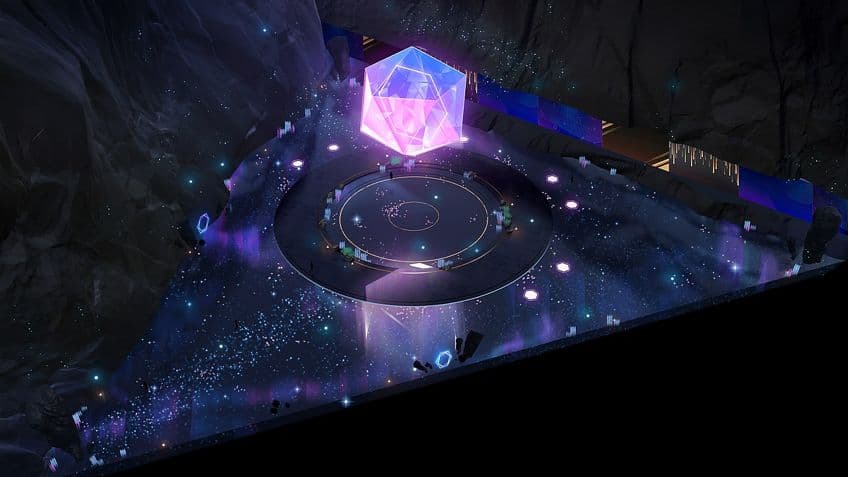
Expanding the Horizons of Generative Art
Generative art stands at the forefront of this evolution. Artists like Sofia Crespo utilize algorithms to blend natural images with computational creativity, generating artwork beyond human imagination. Scott Eaton’s work, at the intersection of art and artificial intelligence, reveals how machines can interpret the human form, expanding artistic boundaries.
For instance, generative techniques like diffusion models can manipulate visual elements to create photorealistic images, transforming the approach to digital artistry.
Alexander Reben and Refik Anadol represent pioneers who leverage compute power to interpret and visualize vast data sets, leading to breathtaking visual experiences. Anadol’s work, in particular, uses AI to process data into immersive experiences, unveiling the latent possibilities within mixed reality environments. This not only enhances the community engagement with art but also propels the next generation of artists towards innovative explorations.
The Intersection of Art and Technology
At the convergence of art and technology, mixed reality has opened a new dimension for artistic expression, enabling interactive and immersive experiences like never before. Meta House, with its VR art galleries and AR murals, exemplifies this, where digital and physical worlds blend, offering a canvas that extends beyond physical limitations.

Make-A-Scene and similar AI-powered tools represent a significant leap in interactive creativity. Artists can prompt the system with objects or scenes, and a transformer model helps visualize them in unprecedented ways. These technologies not only empower artists but maintain transparency and openness, with organizations like OpenAI at the forefront, providing platforms that foster these artistic advancements. The integration of art and technology not only enriches the artist’s toolkit but also redefines the concept of art in the modern age.
Through these collaborative efforts, the power of shared knowledge and technology ensures that the community of artists is stronger and more connected, inspiring the next generation to continue pushing the envelope of what is possible.
Engagement and Impact Within the Community
Meta-Art a term describing art within the Metaverse, invites a new era of community engagement and societal impact. As a digital frontier of artistic expression, it leverages unique modes of expression, such as immersive 2D and 3D experiences, to foster a collective art world and influence beyond traditional boundaries.
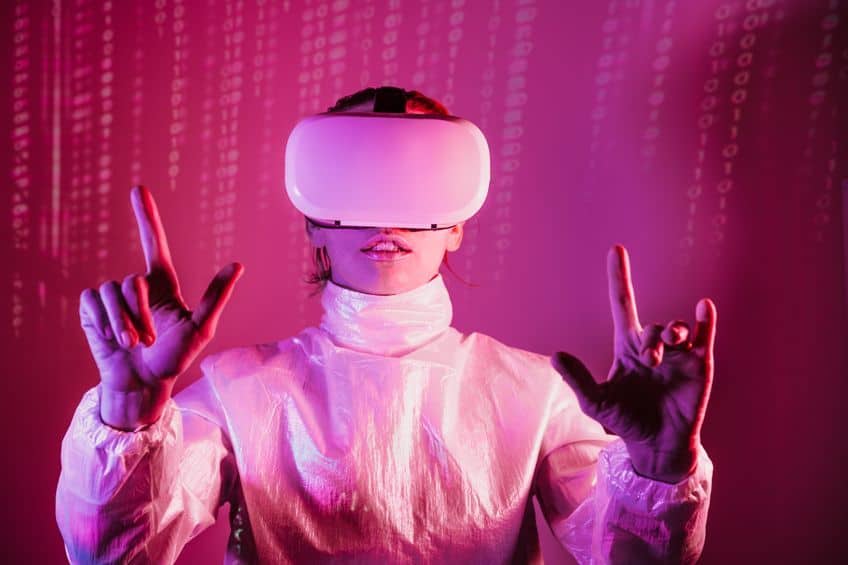
Building an Art Community in the Metaverse
The Metaverse, as a convergence of virtual shared spaces, offers an intuitive platform for artists and the wider community to create, share, and interact with digital art. Children and adults alike can engage with meta-art through easy-to-use software, designing anything from simple sketches to advanced storybook illustrations. Live performances and exhibitions, akin to those at Miami Art Week, have begun transitioning into the metaverse, expanded by artists like Doja Cat and Glorilla, who have ventured into virtual concerts. Artists such as COVL and the collective known as Obvious are examples of the emerging talent incubating within the Metaverse. Their work often experiments with high-resolution and novel storytelling methods, pushing the boundaries of what’s considered traditional art.
Additionally, the flexibility and depth of interactions within the metaverse present new opportunities for human evaluators, who can now assess art in a virtual context, opening new pathways and standards for art criticism.
The Influence of Meta-Art on Society
Meta-Art’s influence extends beyond the individual, shaping society by redefining the art world’s parameters. Emerging artists now have the unprecedented opportunity to present their work to a global audience, bypassing the gatekeeping of conventional galleries. This democratization of the art world has led to a significant shift in how community values are expressed and represented.

In the Metaverse, investors have a new frontier to explore, capable of delivering innovative artistic experiences and possibly reaping financial benefits. As Mark Zuckerberg and others envision, meta-art could progressively influence societal norms and expectations about art consumption, without the restriction of physical presence. Resolution and storytelling transcend typical limitations, allowing for a far more expressive and varied spectrum of modes of expression, ultimately impacting how society perceives and appreciates art.
In conclusion, Meta-Art stands as a testament to the boundless ingenuity and introspective power of human creativity. Through its intricate layers and thought-provoking nuances, Meta-Art challenges us to reconsider our perceptions of art and its role in shaping our understanding of the world. As we navigate the labyrinth of self-reflection and interpretation that Meta-Art offers, we are reminded of the endless possibilities that lie within the realm of artistic expression. From the surreal juxtapositions of Magritte to the self-referential musings of Duchamp, Meta-Art continues to inspire and intrigue, inviting us to explore the depths of imagination and introspection. In this ever-evolving dialogue between artist and audience, Meta-Art reminds us that the true essence of art lies not just in what is seen, but in the profound questions it dares us to ask about ourselves and the world around us.
Frequently Asked Questions
How Does Meta-Art Differ from Traditional Art Forms?
Meta-Art transcends conventional art by self-reflecting and often commenting on the art itself, the process of artistic creation, or the art industry. Unlike traditional forms that may focus solely on aesthetics, Meta-Art incorporates an additional layer of critique or engagement with its own substance.
What Are Some Notable Examples of Meta-Art in Contemporary Practice?
Contemporary Meta-Art can be seen in works that incorporate digital media to reflect on the digital age itself, such as the virtual reality installations that question the line between real and virtual worlds. Artists like Joseph Kosuth and Jenny Holzer have employed language and installation art to create works that ask the viewer to contemplate the nature of art and its interpretation.
What Role Does AI Play in the Creation of Meta-Art?
AI contributes to Meta-Art by enabling artists to explore themes of automation, creativity, and the nature of consciousness. Artists use AI to generate new forms of art that question the boundaries of human and machine-made art, often blurring the lines between the creator and the creation. This collaboration expands the scope and capabilities of meta-artistic expression.
Isabella studied at the University of Cape Town in South Africa and graduated with a Bachelor of Arts majoring in English Literature & Language and Psychology. Throughout her undergraduate years, she took Art History as an additional subject and absolutely loved it. Building on from her art history knowledge that began in high school, art has always been a particular area of fascination for her. From learning about artworks previously unknown to her, or sharpening her existing understanding of specific works, the ability to continue learning within this interesting sphere excites her greatly.
Her focal points of interest in art history encompass profiling specific artists and art movements, as it is these areas where she is able to really dig deep into the rich narrative of the art world. Additionally, she particularly enjoys exploring the different artistic styles of the 20th century, as well as the important impact that female artists have had on the development of art history.
Learn more about Isabella Meyer and the Art in Context Team.
Cite this Article
Isabella, Meyer, “Meta-Art – The Future of Art and Technology Together.” Art in Context. February 21, 2024. URL: https://artincontext.org/meta-art/
Meyer, I. (2024, 21 February). Meta-Art – The Future of Art and Technology Together. Art in Context. https://artincontext.org/meta-art/
Meyer, Isabella. “Meta-Art – The Future of Art and Technology Together.” Art in Context, February 21, 2024. https://artincontext.org/meta-art/.




